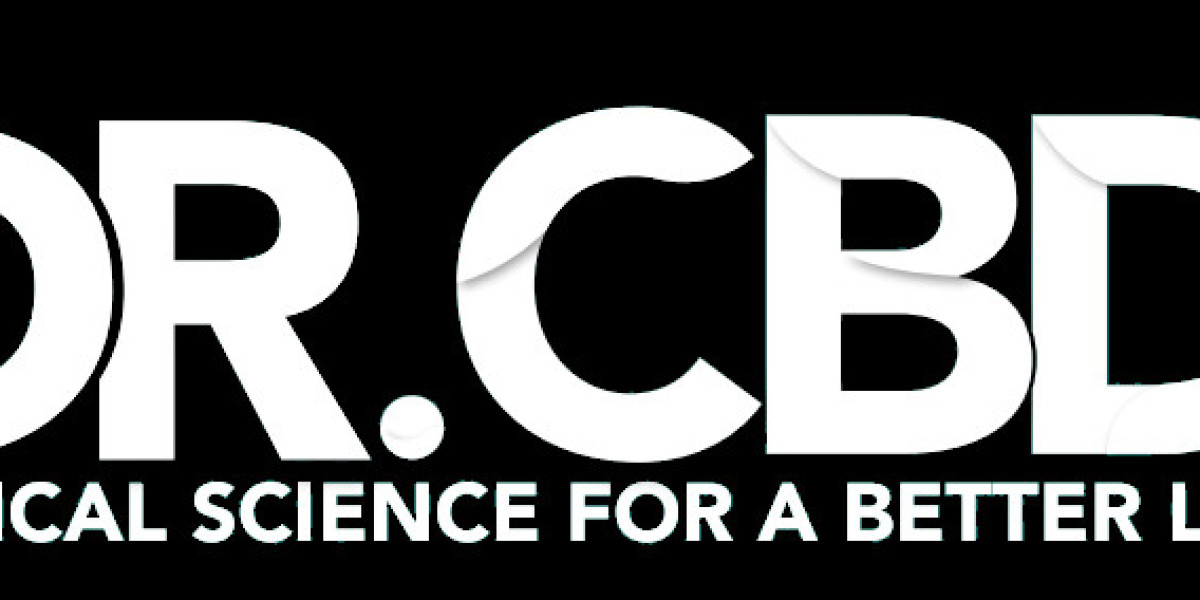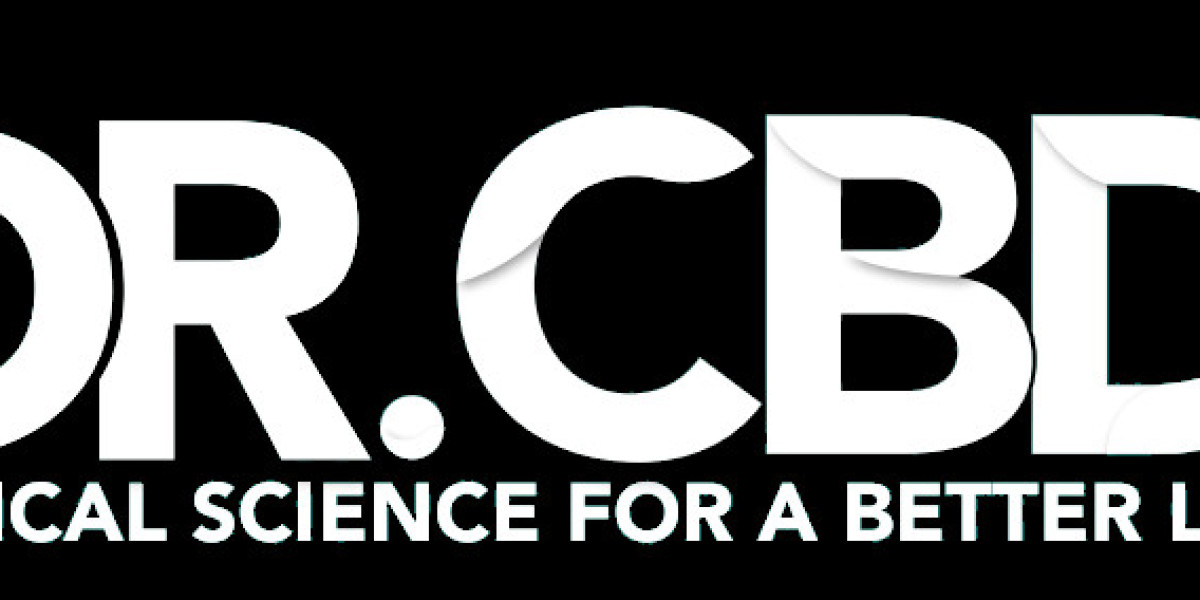Our try and liaise with the abstract authors failed in 3 circumstances, while the 2 remaining abstracts were convention papers/abstracts with no full-text version published. There’s a 90–95% likelihood that a knee alternative will final 10 years and an 80–85% likelihood it'll final 20 years.
Types of Gluteus Tears
Seo et al assessed the tendon abnormality and end result for every patient. What are the common causes of gluteal tendinopathy? Reference screening of the evaluate articles revealed three extra articles that met our inclusion criteria. In 5 studies, full-text versions of eligible abstracts weren't available. A total of 659 results had been obtained by way of the digital search technique. No normal protocol for SWT in gluteal tendinopathy has been established in accordance with the literature screened in this review.
How Long Does It Take for a Gluteal Muscle to Heal? Of 12 sufferers, 2 were recognized with a partial tear (grade 3) of the gluteus medius. In the final one or two mesos, your per-session MEVs are very high and your per-week MRVs even greater. To actually get the most effective gains, another bump in frequency is beneficial, and also you may go to 4x or so coaching per muscle group, and even perhaps larger. Even although the small numbers don't enable for generalization, quanto Custa um curso de ozonioterapia there are considerations as as to if this remedy possibility is suitable for partial-thickness tears. You’ll notice that depending on the train and on the lifter, very different rest instances will be generated by this questionnaire. At this level, you probably can increase your frequency a bit, perhaps to an average of something like 3x per muscle group, for example. And if you’re on the larger and stronger aspect of issues, and your cardio isn’t great, you’ll be resting much longer than someone smaller, not as strong, and in glorious cardio form.
performed a meta-analysis and concluded that exterior ankle supports, including taping, do not significantly hinder most measures of physical efficiency. Most patients might be cognizant of the taping application instantly upon software because of the supposed restrictive or supportive nature of the technique.
Support and Stability:
By supporting the traditional exercise of muscle tissue and joints, it helps to scale back the chance of harm during physical activity and improve steadiness to minimize back the danger of injury from falls. One frequent criticism of taping methods is that the applications will restrict efficiency during bodily exercise. Our outcomes present a clinician-friendly device to assist with interpretation of the present state of the proof relating to the effectiveness of taping for musculoskeletal situations. The objective of this proof map was to summarize and arrange the current proof on taping for musculoskeletal conditions for all regions of the body. By applying kinesiology tape in particular patterns, it offers support and stability to muscular tissues and joints without limiting motion. This promotes proper operate, enhances proprioception, and helps prevent accidents while permitting for natural movement. We included all research that investigated any type of taping on musculoskeletal conditions.
Being a Trustee of the Society of Tissue Viability is an invaluable alternative to steer our organisation and make sure we’re working as effectively as we can to achieve our core mission of solving skin and wound challenges collectively.
Taping methods are used extensively by athletic trainers and different sports activities drugs professionals to stop excessive joint actions, especially in sports known to have a excessive threat for particular injuries.
It emphasizes the utilization of targeted physical activities and training packages to deal with particular impairments or limitations. [newline]Kinesiotherapy, rooted within the science of kinesiology, focuses on using train concepts to help patients improve their mobility, energy, and endurance. She moved to Canada and continued her independent apply, specializing in musculoskeletal, orthopaedic points, sports injuries, and pelvic well being physiotherapy. She has experience dealing with MVA and WSIB purchasers and has been working in the Mississauga group since 2015. Patellofemoral ache syndrome (PFPS) is a classification of pathology that presents with anterior knee ache or retropatellar pain. By delicately adhering to the skin and exerting light stress on the encircling tissues, kinesiology tape stabilizes the affected space. The etiology of PFPS has a number of origins, with many attributed to malalignment and poor monitoring of the patella in relation to the femoral groove, leading to pain. One of the many treatments proposed to alleviate the symptoms of PFPS are taping techniques to reposition the patella statically and dynamically.
Athletic taping Kinesio therapists work carefully with patients, creating customized exercise plans tailor-made to their distinctive needs and goals.
Improved Muscle Activation:
The method of kinesiology taping is rooted in the science of providing support to the body while making certain unrestricted movement of blood and other bodily fluids around the injured muscle tissue.





